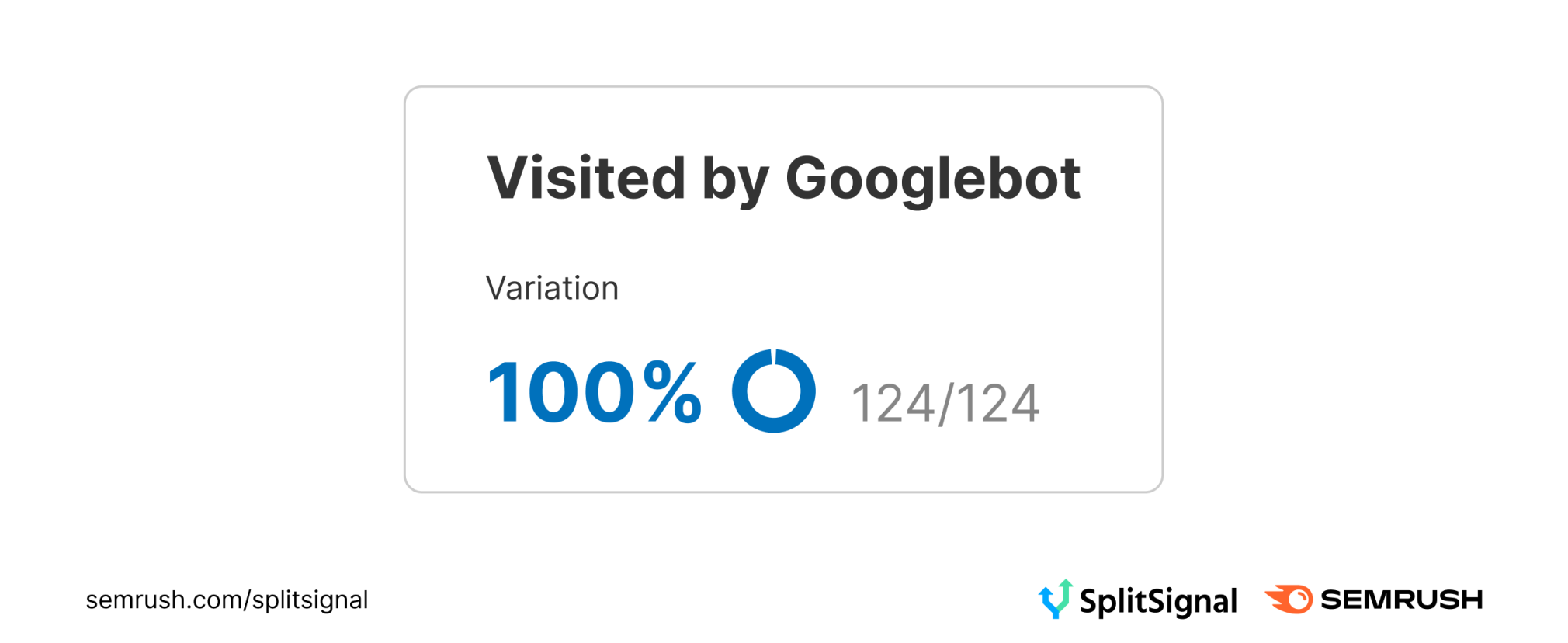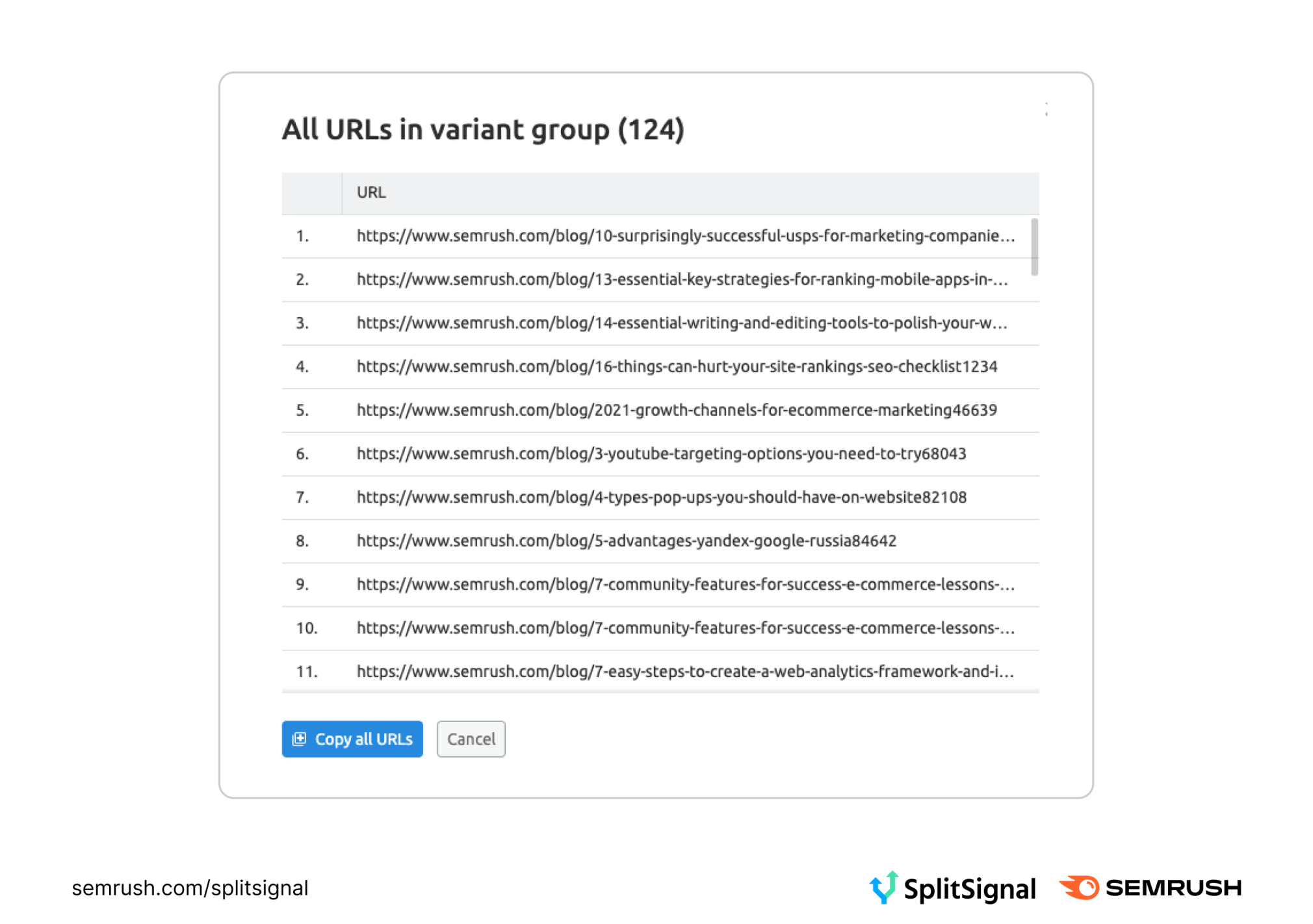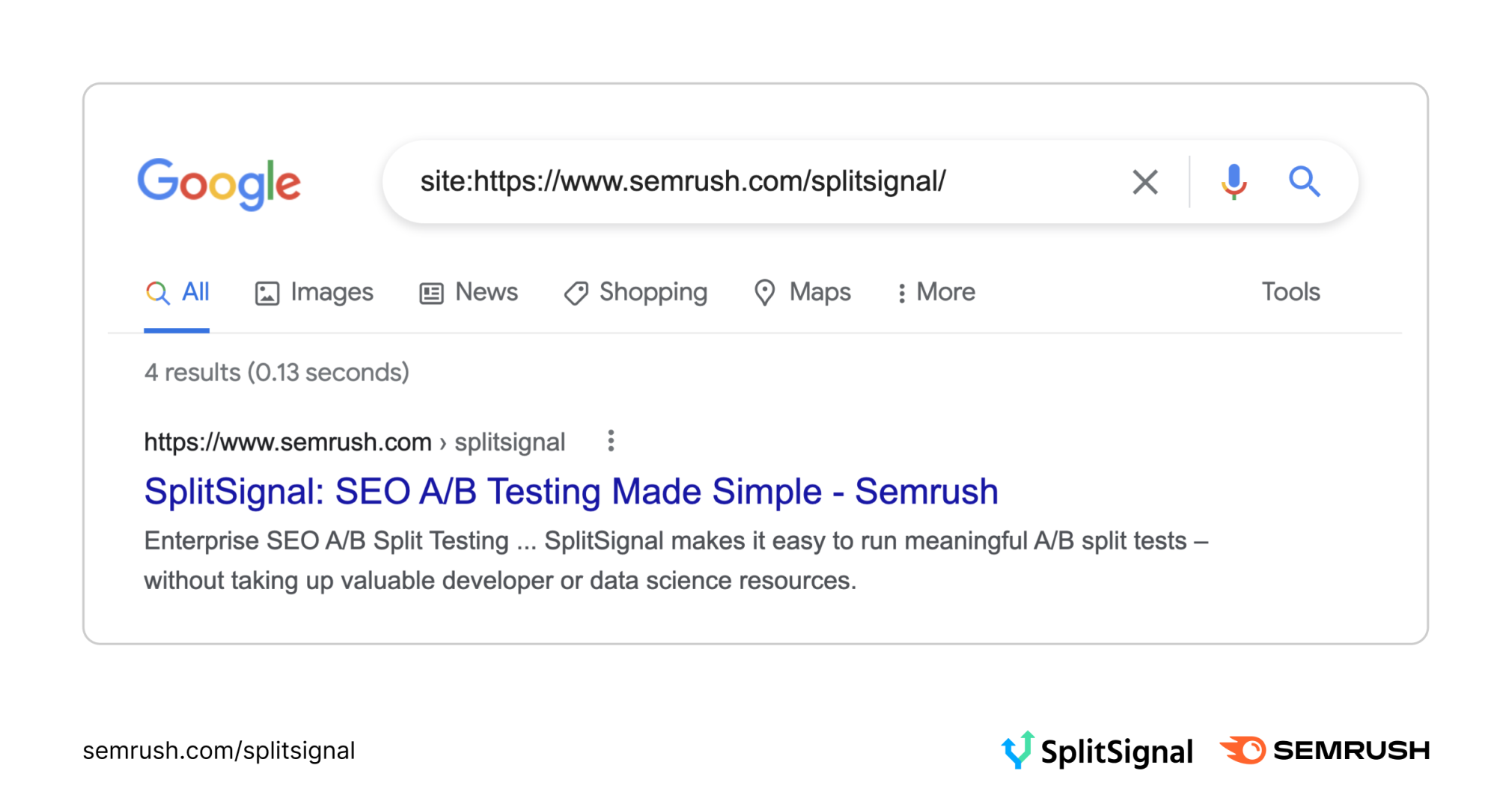This blog post will investigate what poor factors that contribute to Google rewriting web page titles and meta descriptions in their search engine results.
We will also go over what on-page elements Google uses to rewrite page titles and meta descriptions and how you can use SEO A/B split testing to improve your title tags.
Let’s dive in.
Most SEOs know that Google sometimes rewrites page titles and meta descriptions in search engine results. This can be frustrating for SEOs and marketing departments. We all want to see the page titles and meta descriptions we have taken the time to craft within Google’s search engine results (SERPs).
On August 24th, 2021, Google announced an update on how they are generating page titles. They also stated that they would no longer change page titles based upon a user query when Google rewrites a page title.
A recent study by ZYPPY showed that Google rewrote 61% of 81,000 pages from 2,370 sites within the study.
What poor page title factors contribute to Google rewriting a page title?
Below are a few poor page title factors that influence Google to provide an alternative page title:
The page title is too short and not descriptive. The page title uses repetitive boilerplate language such as home or untitled. The page title is too long and truncated in SERPs. The page title is stuffed with keywords and not descriptive. The page title uses a keyword multiple times within a page title. Duplicate page titles (common with pagination). Almost duplicate pages (page titles with minor changes across a group of pages). The page title is missing. Hard to read page titles. Brackets within page titles. Pipes within page titles. Dates in h1 and page title are not consistent. Branding only present (company name) Page titles do not accurately reflect what the page is about (common with dynamic content).What on-page elements does Google look at to determine an alternative page title?
Ultimately Google wants to have the best user experience in Google’s search engine results. A better user experience starts with having better page titles in its search results.
When Google crawls a page and the pages that link to it, it may have poor page title factors. When this happens, Google rewrites the page title based upon elements from the below list:
Content in title elements. Main visual title or headline on a page. Headlines such as <h1> elements. Other content that is large and prominent through the use of style treatments. Copy on the page. Anchor text on the page. Text within links that point to the page (including 3rd party site links).Reasons why Google would rewrite a meta description
Google’s John Muller recently explained why Google rewrites meta descriptions.
The meta description is not descriptive of the page content, and Google sees this as not relevant. The meta description is present across multiple pages, making it not descriptive. The meta description does not match the user's search intent, but other content on the page does. Adding modifiers to search queries can cause Google to rewrite meta descriptions and page titles, especially when the search query is not included in the web page content.Meta descriptions that have a high chance of meeting Google’s criteria for SERP inclusion:
Each page has unique meta descriptions that are relevant to that page. The meta description is short enough to fit into the search engines (this also includes mobile search engine results). The meta description matches the user intent (what the user is looking for).How can SEO A/B testing improve the chances that your page titles show in Google SERPs?
Crawl your site through a tool such as Screaming Frog or Deep Crawl to analyze your website’s page titles. Once your crawl is complete, export the page title CSV file and analyze your data. Do you see any poor page title factors contributing to Google rewriting your page titles? These are the pages you would want to consider SEO A/B split testing a change on first. Also, consider testing with the on-page elements that Google looks at when they rewrite page titles.Example SEO A/B split test for title tags.
Test 0001: Changing a non-descriptive page title to a descriptive page title.
Hypothesis: By changing the page title to the h1 of the page, Google will find the h1 tag more relevant and include this in their search engine results.
Control: A group of pages where the page title is too short and not descriptive.
Variant: Change the page title to the h1 tag.
There are no bad SEO A/B split tests.
SEO A/B split testing allows you to get a better understanding of how your pages will perform.
You will see an impact in the following Google Search Console metrics:
Clicks from Google SERPs Clickthrough rate (CTR) Impressions in Google SERPs Average ranking in Google SERPsSplitSignal compares the control group to the variant group and uses a prior 100-day history for both groups.
You will see if there is a positive change, no change, or a negative change through SEO A/B split testing.
SplitSignal, Google Bot and Indexation
When you run an SEO A/B split test with SplitSignal, Google Bot comes and crawls the changes you have made to the URLs in the variant group. SplitSignal shows the percentage of the pages that were crawled.
 SplitSignal tool: Pages Visited by Google
SplitSignal tool: Pages Visited by GoogleGoogle may or may not index the change in the variant group, and Google is the only one who controls this. Regardless of indexation, we see metrics within the test that provide us with statistical information.
What happens to the indexed variant change once an SEO A/B split test is over?
Fourteen days after a test is complete, the SplitSignal JavaScript reverts the variant change to its original state. The next time Google Bot crawls the site, it will revert any changes in search engine results to their original state before the test.
How do you check the indexation of variant page title changes in Google?
Export the list of URLs within the variant group of your test from within SplitSignal.
 Variant Group URL Export Example Open up Google Chrome in incognito mode. Perform a site search with each variant URL: site:(URL from List) Review Google's page title against the SEO A/B split test change. Is your change indexed?
Variant Group URL Export Example Open up Google Chrome in incognito mode. Perform a site search with each variant URL: site:(URL from List) Review Google's page title against the SEO A/B split test change. Is your change indexed?Site Search Example: site:https://www.semrush.com/splitsignal
 Example Google Result
Example Google ResultHas your page title changed?
Remember, Google may or may not index the change during the test.
What is important here is what the test revealed in statistical metrics:
Was there a lift in metrics based upon the change? Was there no change at all? Or was there a negative change?These answers will help you further split test your page titles and meta descriptions until you find your winning combination.
Once you have deployed your change to your site via dev
Once you deploy your changes through your development team, you can use the steps above to check to see when Google indexes your changes.
Larger sites with lots of traffic tend to see Google Bot visit their pages sooner through the Google Search Console integration of XML sitemaps of pages.
Make sure your XML sitemap is available for Google to crawl. Sometimes brands make new custom posts types and forget to include them within an XML sitemap, preventing Google from crawling updated content on the site.
Get started testing
Would you like to know if you can run SEO A/B tests on your site? Request the assessment here.
Innovative SEO services
SEO is a patience game; no secret there. We`ll work with you to develop a Search strategy focused on producing increased traffic rankings in as early as 3-months.
A proven Allinclusive. SEO services for measuring, executing, and optimizing for Search Engine success. We say what we do and do what we say.
Our company as Semrush Agency Partner has designed a search engine optimization service that is both ethical and result-driven. We use the latest tools, strategies, and trends to help you move up in the search engines for the right keywords to get noticed by the right audience.
Today, you can schedule a Discovery call with us about your company needs.
Source:





